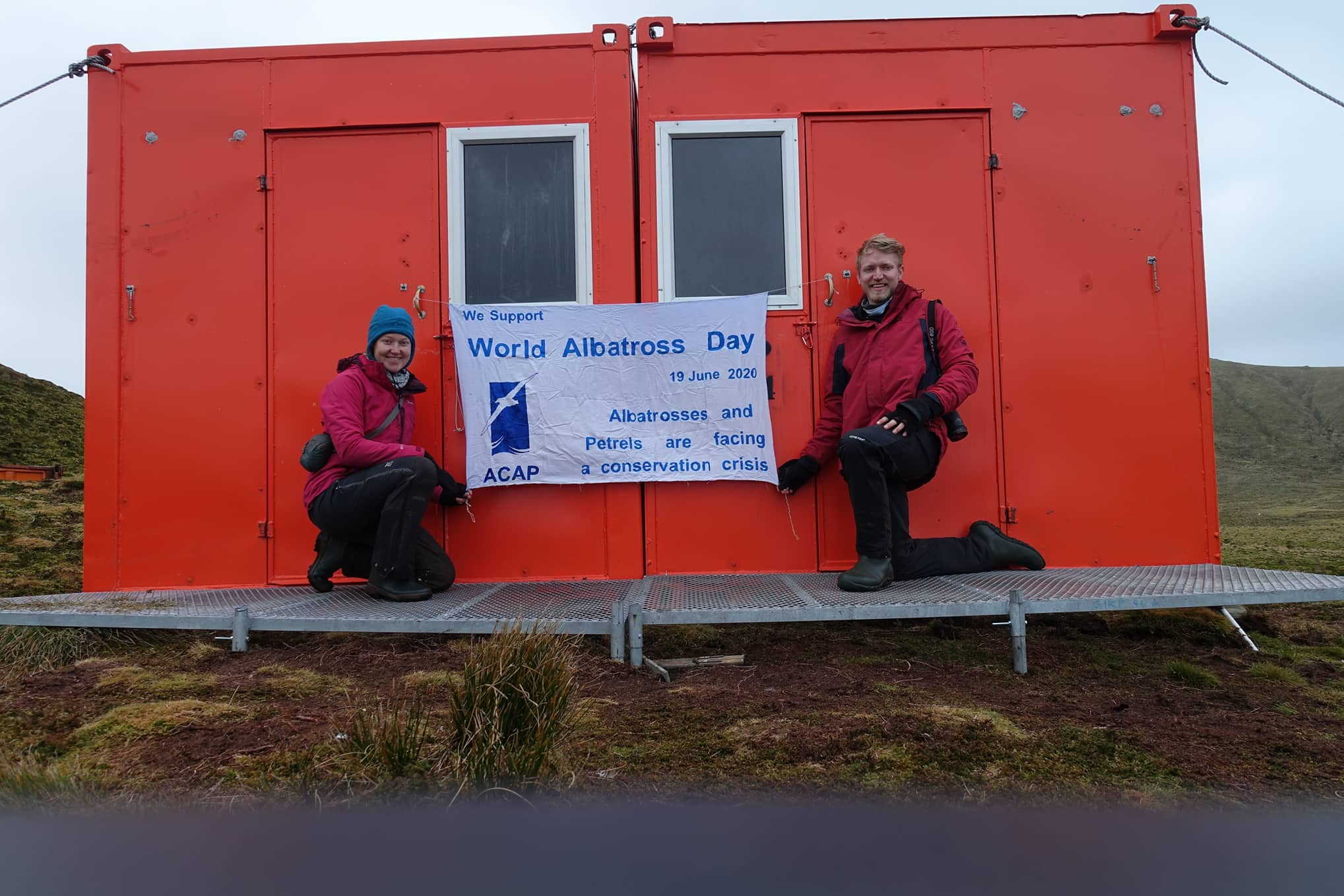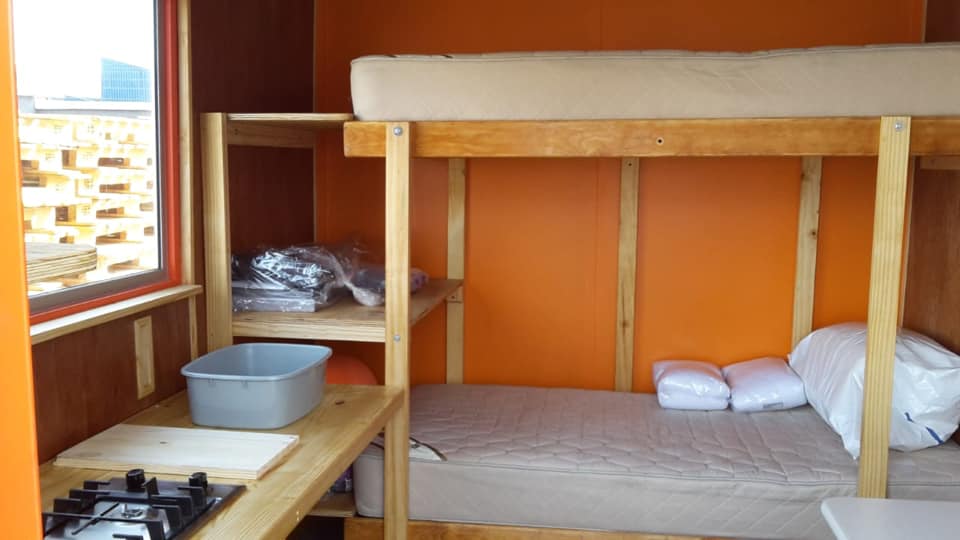Maëlle Connan (Institute for Coastal and Marine Research, Nelson Mandela University, Port Elizabeth, South Africa) and colleagues have written open access in the journal Ecography on what isotope ratios in eggshells can tell us about resource partitioning.
The paper’s abstract follows:
“A central theme in community ecology is understanding how similar species co-exist and how their interactions may evolve in the context of climate change. Most studies of resource partitioning among central place foragers, particularly birds, focus on the offspring-rearing period, when they are accessible, but breeding success may be determined earlier and little is known about how such species partition resources at the onset of breeding. We used a non-invasive approach to evaluate resource partitioning in co-existing females at a sub-Antarctic island during their pre-laying periods. Three hypotheses were tested using carbon, nitrogen and oxygen stable isotope ratios measured in shells and membranes of hatched eggs as ecological tracers: 1) resource partitioning by geographic location and trophic level will exist among the 12 bird species and will be enhanced within taxonomic groups; 2) given the absence of strong oxygen gradients in the Southern Ocean we will not detect spatial structuring based on oxygen isotopes, but differences will exist between resident and oceanic species as the former may use meteoric water; 3) capital and income breeder strategies can be differentiated using stable isotopes of egg remains.
Two and three dimensional isotopic data showed resource partitioning among species. As predicted, segregation was evident within the four main taxonomic groups: penguins, albatrosses, burrowing petrels and giant petrels. Unexpectedly, oxygen isotopes revealed widespread use of meteoric water among a suite of sub-Antarctic birds. Stable isotopes allowed us to identify females of most species as income breeders at the onset of breeding, with the exception of the females of the two crested penguin exhibiting a mix of income and capital resources use. Multidimensional isotopic analyses revealed that resource partitioning exists at multiple stages of the annual cycle in ways likely to be important under global change, exhibiting wide potential for ecosystem analysis.”

Wandering Albatrosses on Marion Island, photograph by Marienne de Villiers
Reference:
Connan, M., Dilley, B.J., Whitehead, T.O., Davies, D., McQuaid, C.D. & Ryan, P.G. 2019. 2019. Multidimensional stable isotope analysis illuminates resource partitioning in a sub-Antarctic island bird community. Ecography 42: 1-12. doi: 10.1111/ecog.04560.
John Cooper, ACAP Information Officer, 21 October 2019

 English
English  Français
Français  Español
Español 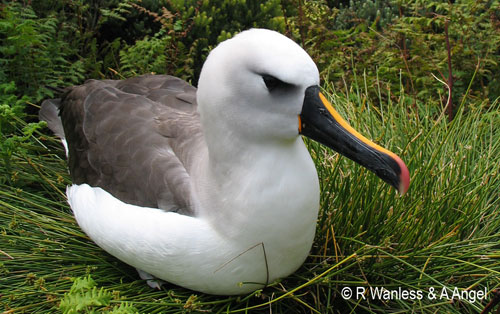

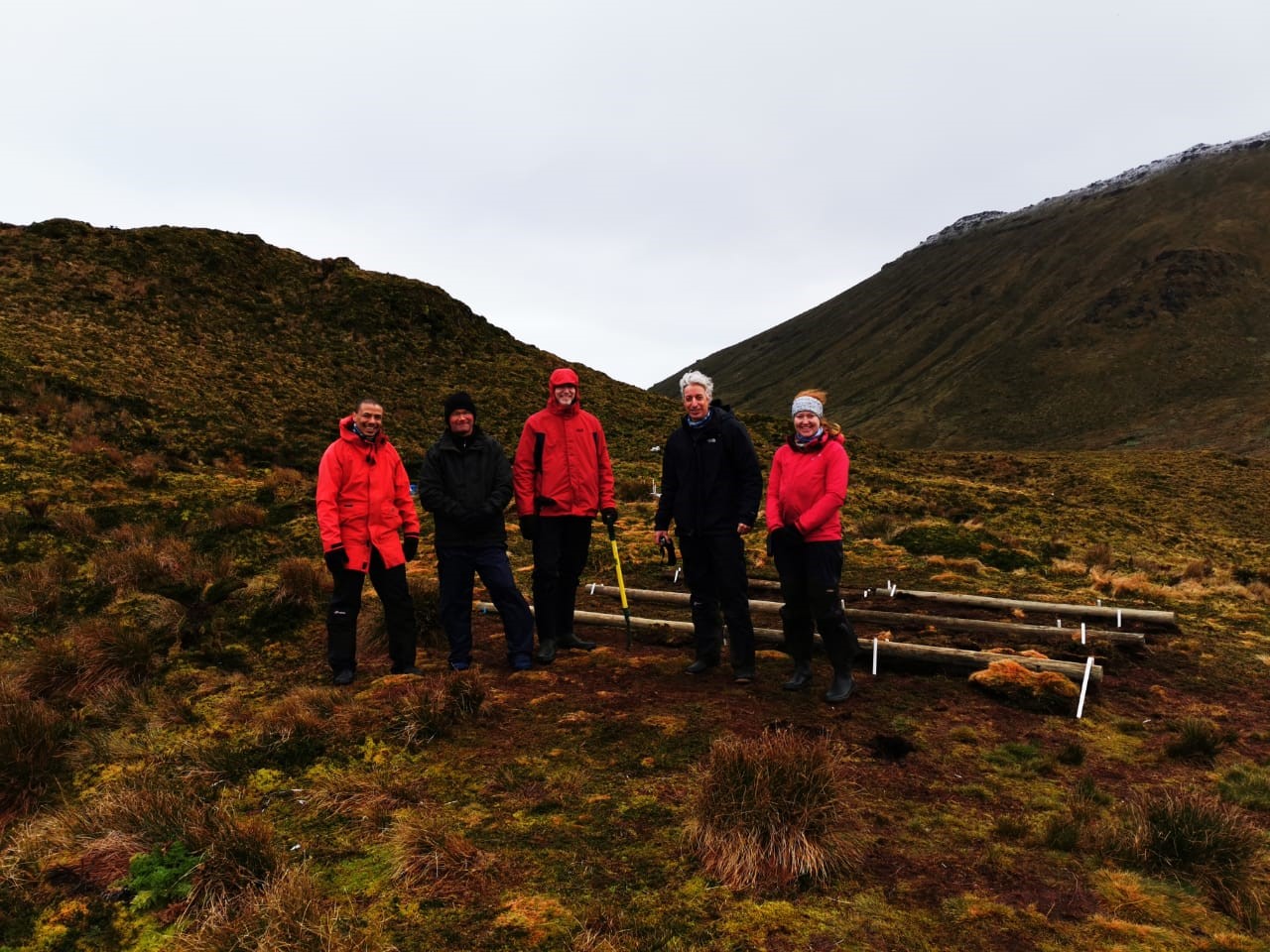
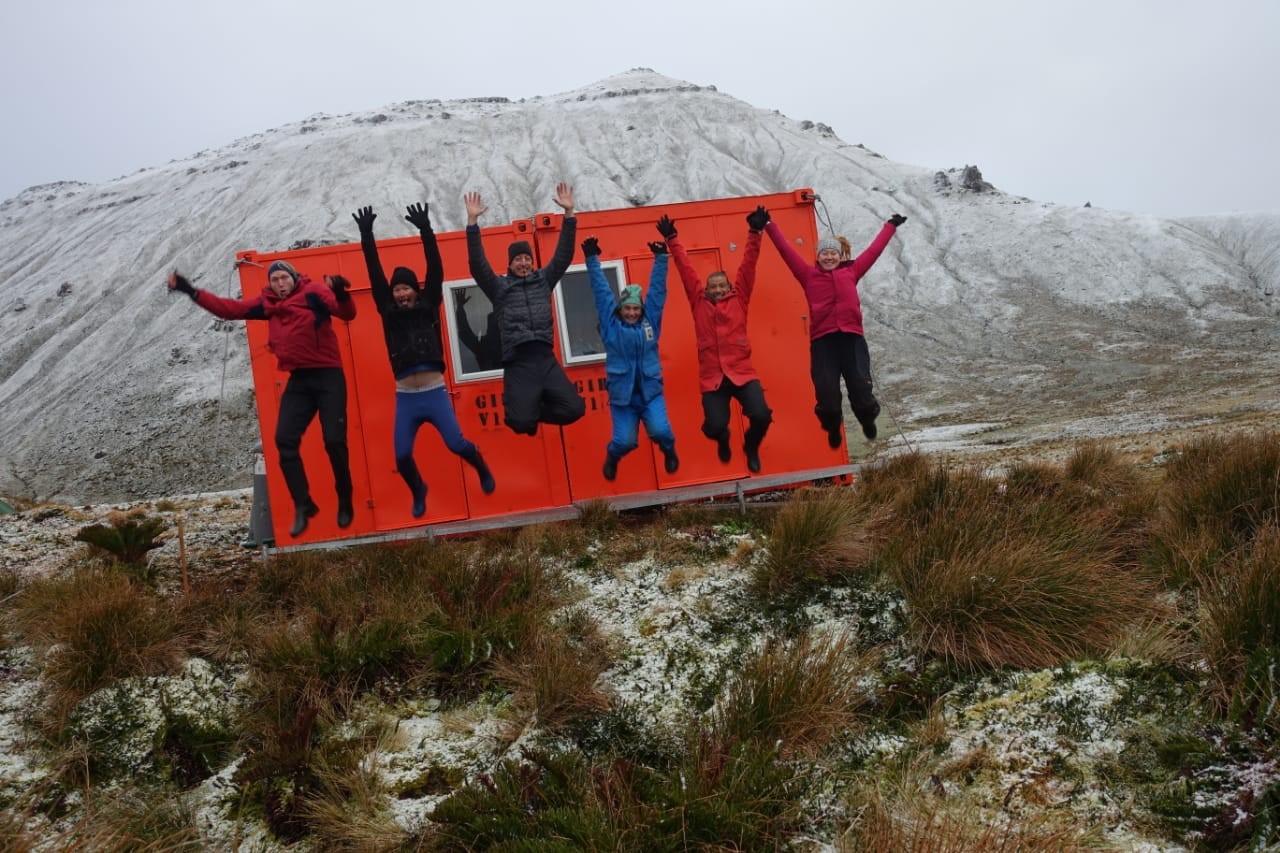 Celebrating completing erection of the Gonydale huts, snow-sprinkled South Rowett behind
Celebrating completing erection of the Gonydale huts, snow-sprinkled South Rowett behind